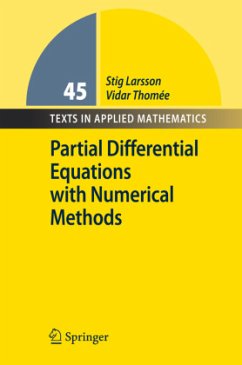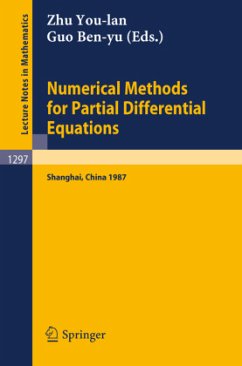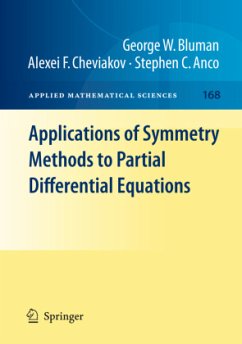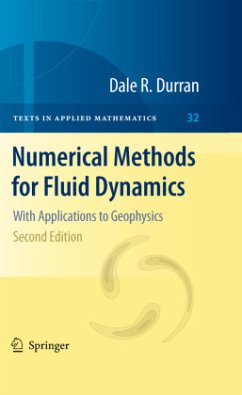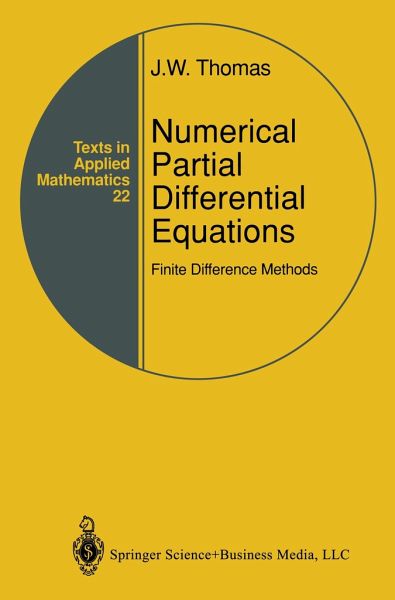
Numerical Partial Differential Equations: Finite Difference Methods
Versandkostenfrei!
Versandfertig in 1-2 Wochen
38,99 €
inkl. MwSt.
Weitere Ausgaben:

PAYBACK Punkte
19 °P sammeln!
This text will be divided into two books which cover the topic of numerical partial differential equations. Of the many different approaches to solving partial differential equations numerically, this book studies difference methods. Written for the beginning graduate student, this text offers a means of coming out of a course with a large number of methods which provide both theoretical knowledge and numerical experience. The reader will learn that numerical experimentation is a part of the subject of numerical solution of partial differential equations, and will be shown some uses and taught...
This text will be divided into two books which cover the topic of numerical partial differential equations. Of the many different approaches to solving partial differential equations numerically, this book studies difference methods. Written for the beginning graduate student, this text offers a means of coming out of a course with a large number of methods which provide both theoretical knowledge and numerical experience. The reader will learn that numerical experimentation is a part of the subject of numerical solution of partial differential equations, and will be shown some uses and taught some techniques of numerical experimentation.






